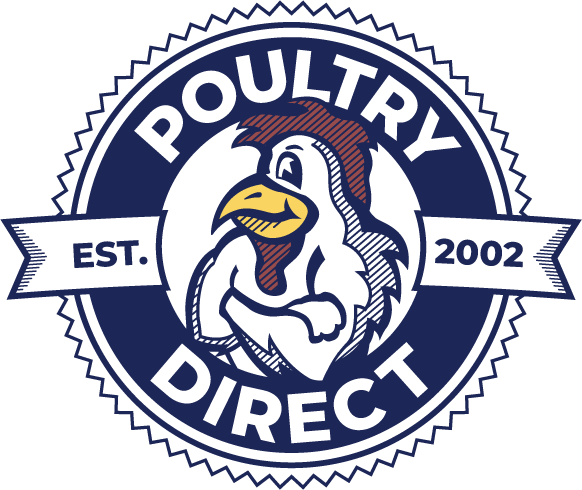As the poultry market moves through 2025, distributors and foodservice operators are navigating shifting prices, fluctuating supply, and evolving customer demands. Staying informed and adaptable when it comes to market conditions is key to keeping your operations efficient and profitable.
Several factors drive price and supply trends.
When it comes to staying in the know, there are three key areas to keep your eyes on all the time:
- Feed Costs: The price of corn and soybeans continues to impact production expenses. Over the last several years, we’ve seen swings in these markets due to weather, global demand shifts, and alternative uses for these crops. It is likely that 2025 will bring its fair share of weather events, global trade dynamic changes, and fluctuating market sentiment. So stay on the lookout for updates on the WASDE report or wherever you get your news so that you can best navigate any changes on the horizon.
- Labor Challenges: Processing plants are almost always facing workforce shortages, and 2025 is no exception. But this can mean slower production speeds and occasional supply gaps. The labor market in the space has remained tight, with increased competition for workers and rising wages affecting operational costs. Some facilities have adjusted processing schedules or prioritized high-demand cuts, which can impact availability for buyers. And let’s not forget that labor shortages impact transportation and warehouse operations- potentially putting a strain on distribution networks. Keep your ear to the ground and keep tabs on websites like the Economic Research Service for good info.
- Consumer Demand: Chicken and other poultry remain preferred protein choices, which influences pricing and product availability. But in 2025, buying habits are shifting and this should not be ignored. Economic pressures have driven consumers to seek affordable protein options, increasing demand for budget-friendly poultry cuts like thighs, drumsticks, and leg quarters. At the same time, foodservice operators and retailers are responding to the growing demand for convenience-focused products (think pre-cut, marinated, ready-to-cook, and fully cooked). Retailers are also responding to consumer interest in easy meal solutions, as inflation-weary shoppers prioritize value and practicality. A great resource for understanding and tracking consumer sentiment is The Center for Food Demand Analysis and Sustainability (CFDAS).
How can distributors and operators adapt?
- Monitor informational sources that you trust. While it’s helpful to speak with colleagues about the market, finding an unbiased resource like the examples above will better set you up for success.
- Diversify Product Selection: Whenever possible and feasible, be proactive about change when it comes to your purchasing patterns. If breast meat costs are high, shifting toward more affordable dark meat options can help maintain margins. If you have to stick to a specific product, make sure you compare prices to get yourself the best deal you can.
- Plan Inventory Wisely: Buying strategically when prices dip can provide stability against market fluctuations. If you have freezer space, use it wisely. Don’t wait for a market spike to get what you need for the orders you know will come. If the prices are high on a SKU, minimize the impact by buying only what you need to until there is some relief. It might seem obvious, but you’d be surprised to know how uncommon a strategy this is.
While the poultry market remains unpredictable, being proactive and flexible in sourcing strategies can help distributors and operators maintain steady supply and strong margins. It is too easy to fall into the habit of ordering on auto-pilot. By staying informed and making strategic purchasing decisions, distributors and operators can better navigate market challenges and maintain steady supply- no matter what the industry throws their way.
Don’t let April fool you- stay sharp out there.
Your Friends at The Poultry Direct


